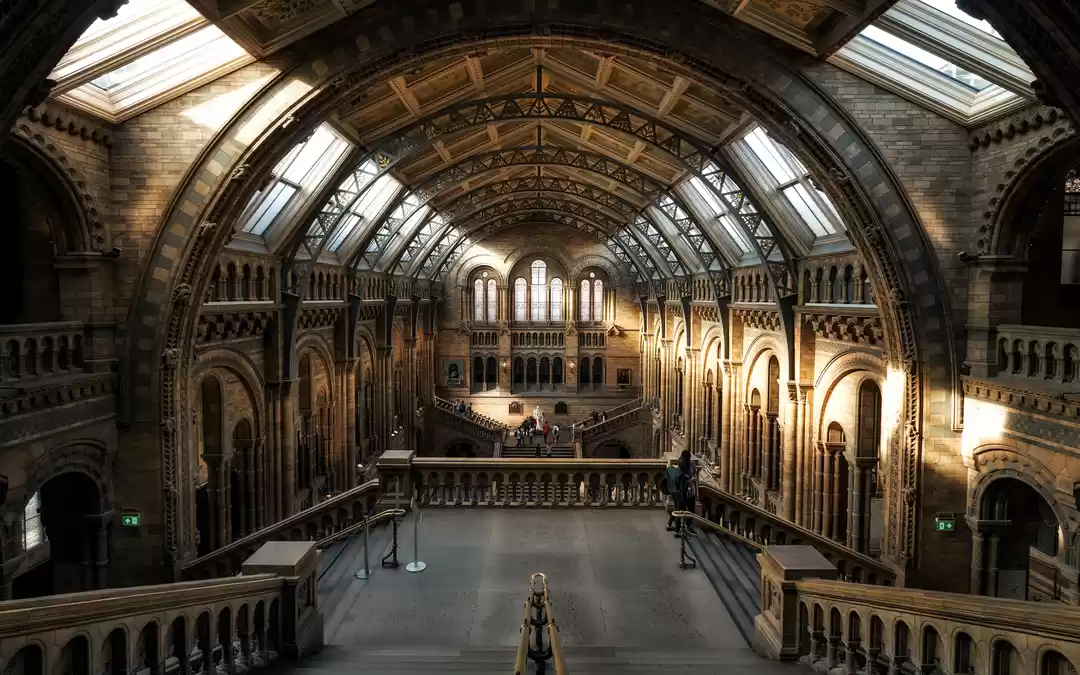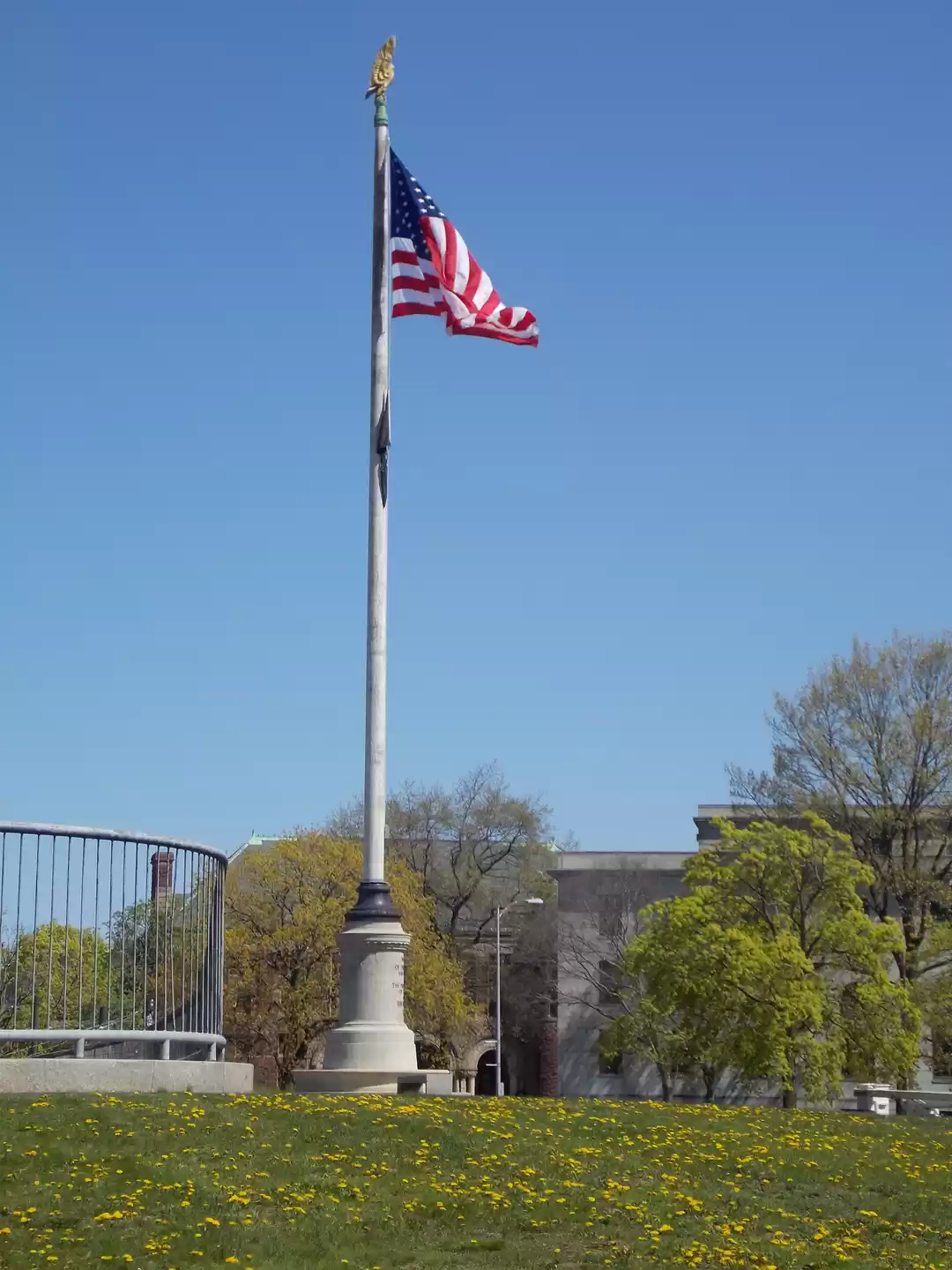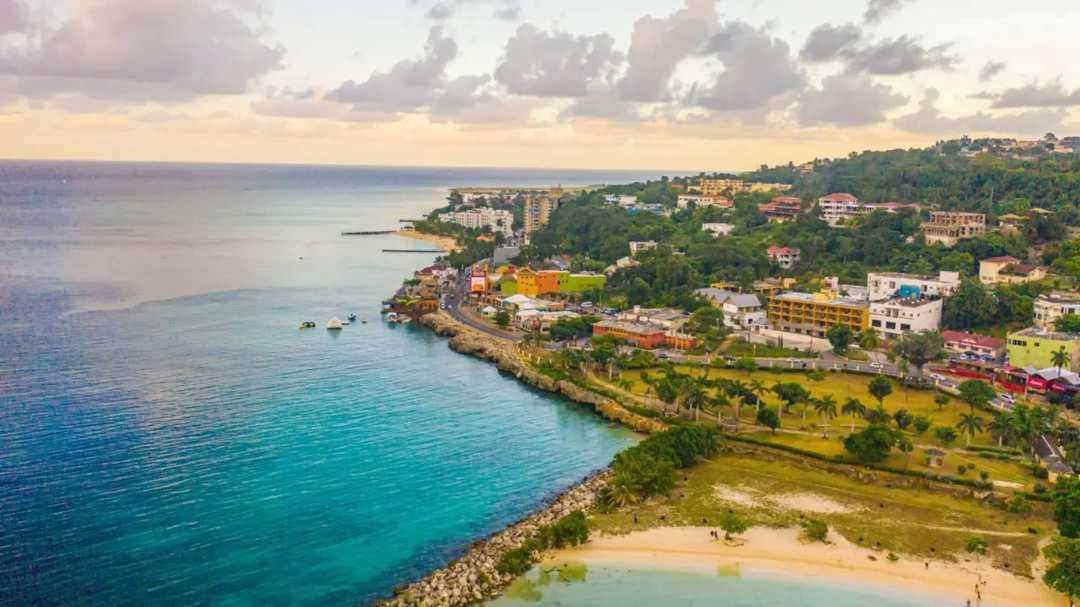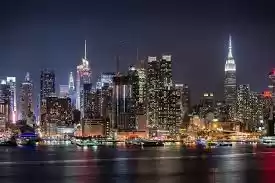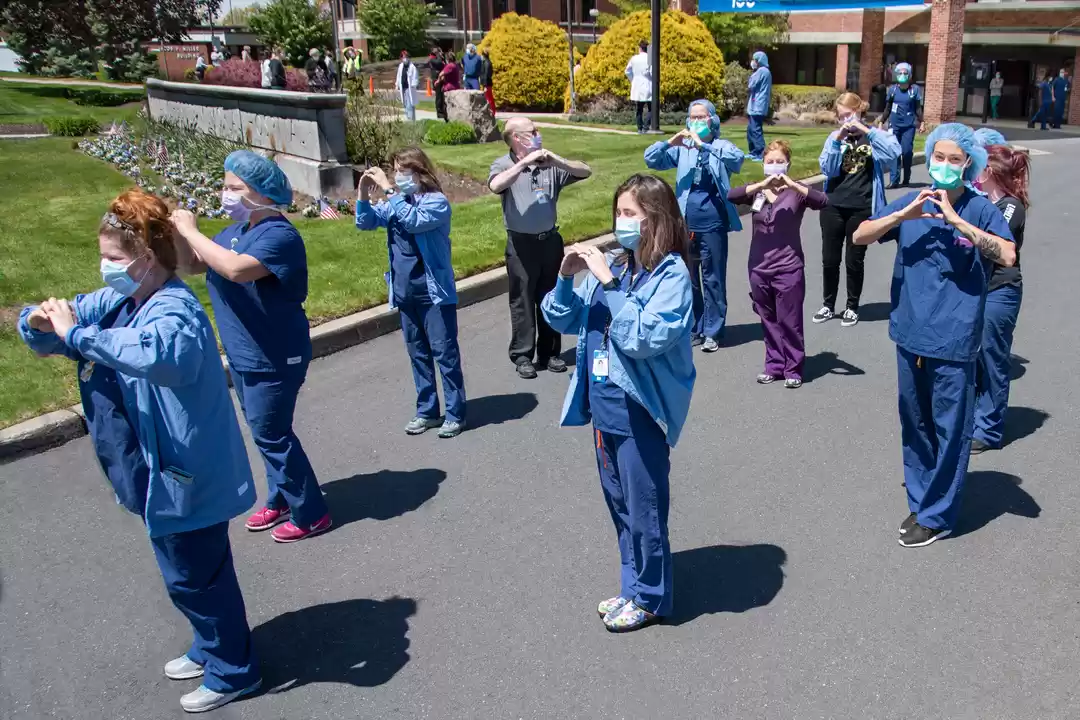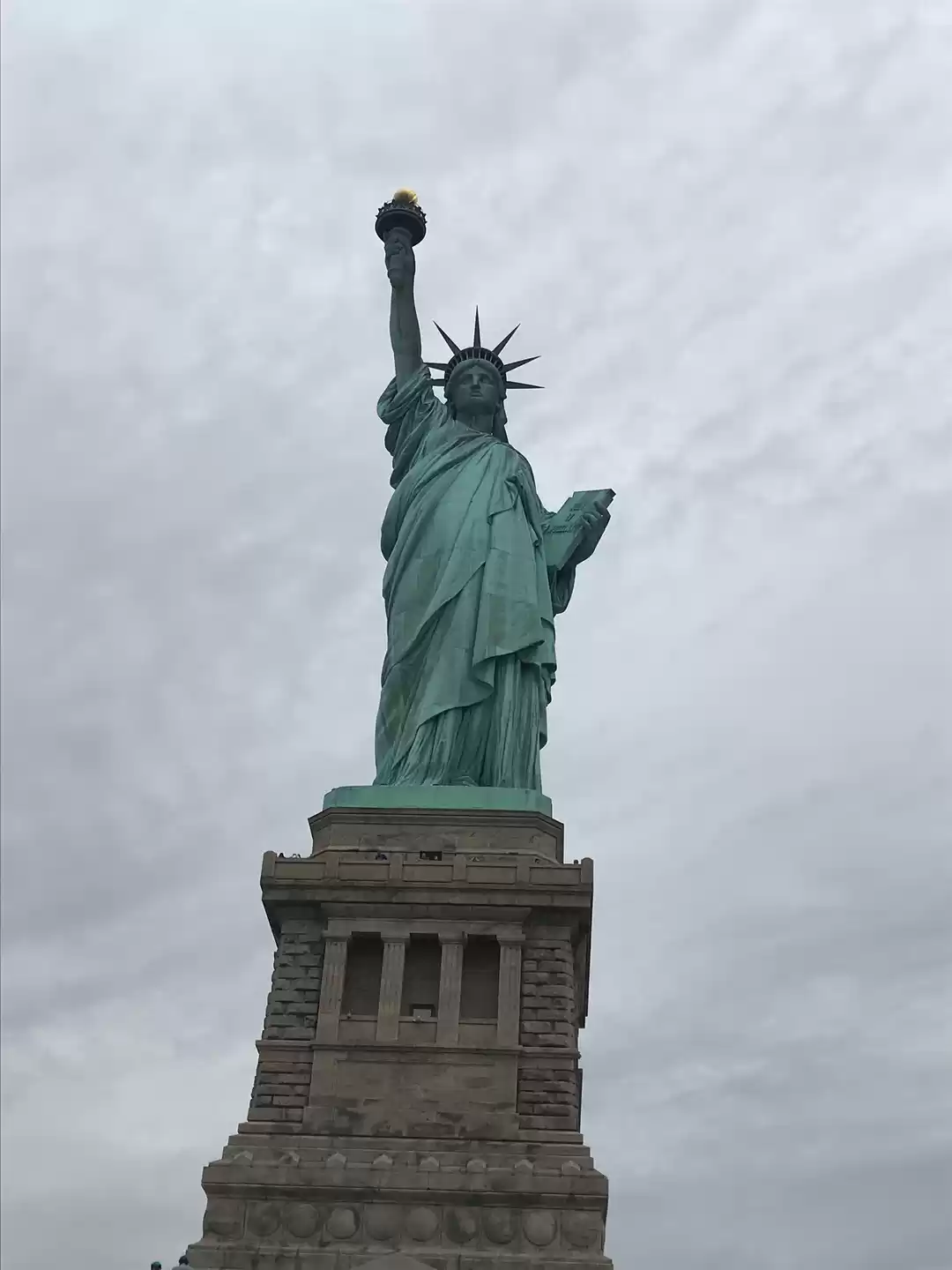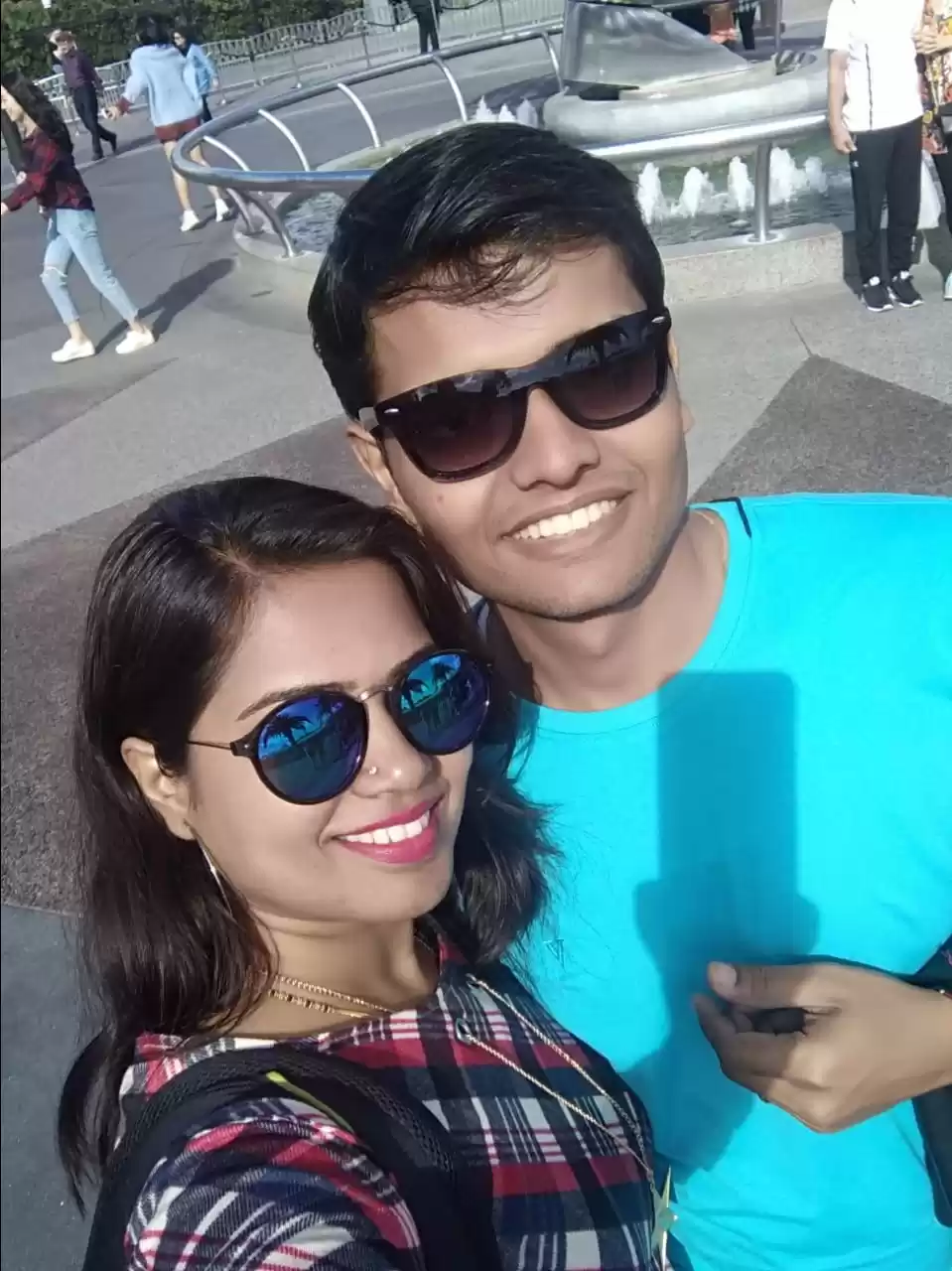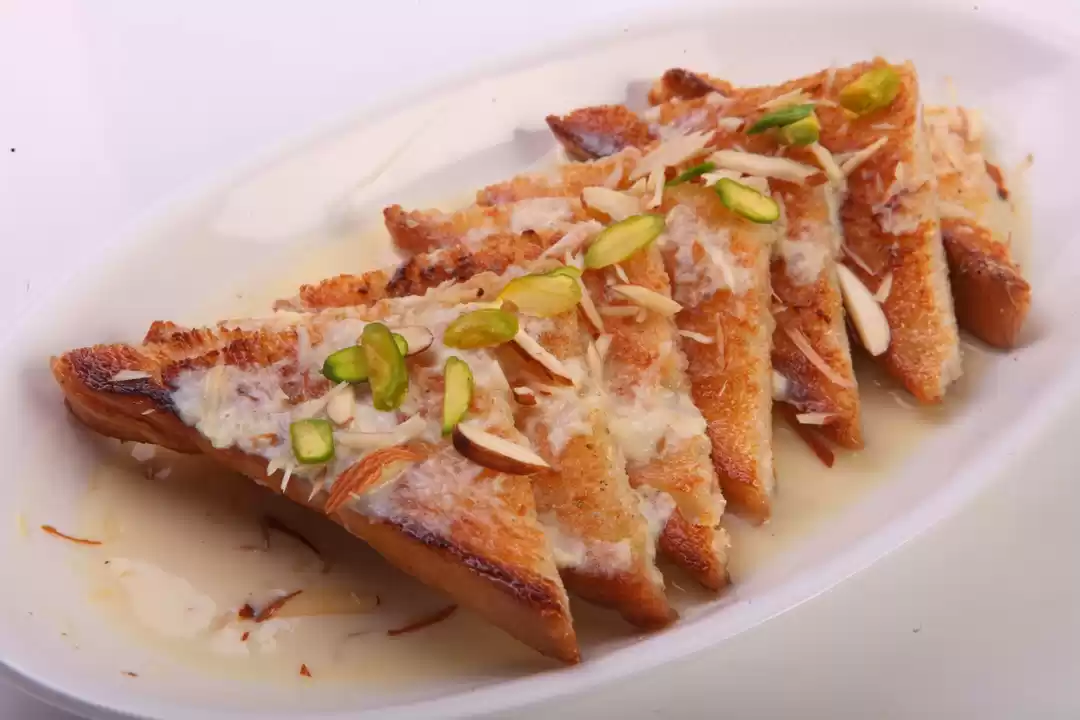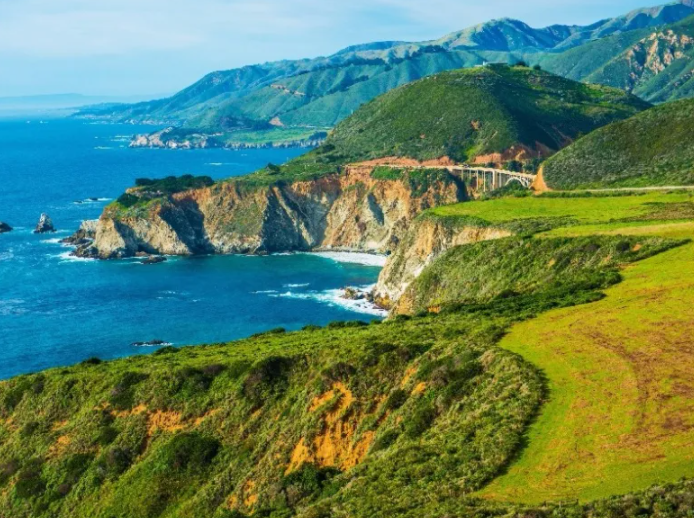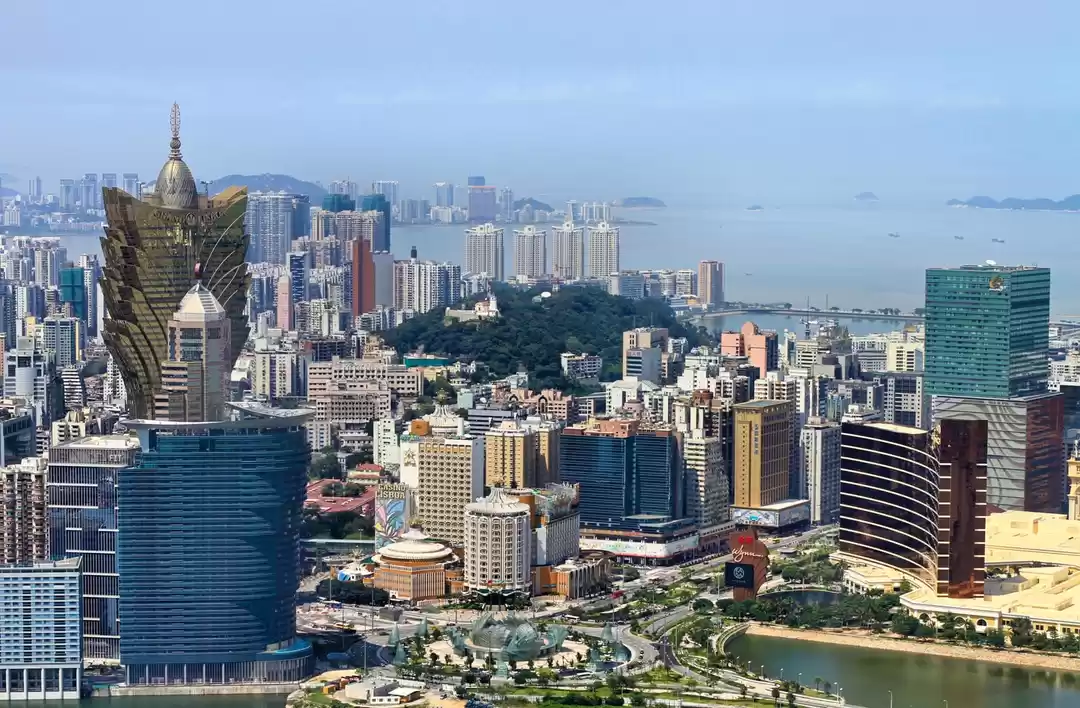The history of Macao dates back about 500 years to the 1500 s when it was sparsely inhabited by Chinese population of Han dynasty. Portuguese merchants came to Macao in the 16th century and gradually Macao became a Portuguese colony. Macao went through rapid urbanisation in the 20th century and became a modern city. Without going into pedantic details, it would be sufficient to mention that Macao was returned to China in the later part of 20th century. Macao is now SAR or Special Administrative Region of China.
It was necessary to provide a brief background to the history of Macao so as to understand why the fabric of this place is so full of diversities. Macao is essentially a blend of Chinese and Portuguese cultures with all the modern amenities of a first world country. No wonder there is so much to do here. Add to that, tropical seashore weather that prevails most part of the year with enjoyable winter at year end. All this makes Macao a perennial holiday destination.
We visited Macao in the month of March and it was still spring. The excellent weather was conducive for us to make the most of our trip. Almost every activity is different from the other and it could be a little mystifying for a tourist. To demystify this peninsula for a first timer, below is our list of 20 things to do in Macao.
A-Ma Temple
This beautiful Chinese shrine dedicated to the sea goddess Mazu is one of the oldest temples in Macao. In fact, it is perhaps the inspiration for the name “Macao”. The sprawling structure spread in various sections is now a UNESCO World Heritage Site. The walk in the surrounding area – the A-Ma Cultural Village gave us a feel of traditional life style of Macao.
Ruins of St. Paul’s
The remains of this 17th century Portuguese church serve as a landmark to Macao. The intricately carved remnants of the stone facade still testify for the beauty of this structure. They have now been fortified with modern concrete and steel in a way that does not affect its original character. This is also a UNESCO World Heritage Site.
Taipa Village
Taipa Village offers an authentic insight into the rich culture of Macao. It has Chinese churches, Portuguese as well as Macanese restaurants, museums and art galleries, all in close proximity. This area showcases the fusion of Chinese and Portuguese cultures that creates the distinctive flavour of Macao.
Kun Iam Temple
Kun Iam Temple is one of the largest Buddhist temples in Macao. The history of the temple dates back to the 13th century and is dedicated to Lord Avalokiteshvar, the Bodhisaatva of Mercy. The beautifully ornamented temple, decorated with silks and elaborate porcelain statues bears testimony to the richness of this culture.
St. Lawrence’s Church, Macao
St. Lawrence’s Church was built by Jesuits in the mid 16th century. The extremely well maintained heritage site with heavy baroque work is reflective of this style of architecture. The still have regular Mass every Sunday.
Senado Square
Senado Square is the bustling city centre of Macao. This paved downtown square was an assembly area for Chinese and Portuguese traders and has been declared as UNESCO World Heritage Site. Senado Square is still one of the fashionable shopping areas of Macao. We noticed this place was full of tourists.
St. Augustine’s Square
St. Augustine’s Square is another paved street located close to Senado Square. It is surrounded by a host of building that form the Historic Centre of Macao. Dotted with trees and benches, St. Augustine’s Square has a relaxed vibe and provided a breather after a long day of sightseeing.
Old City Walls
The Portuguese built a wall to protect Macao in the 16th and 17th century. The wall was a unique construction made with a mixture of sand, rocks, rice straw, oyster shells and clay. With the passage of time, the wall collapsed but the remnant Sections of the Old City Walls have been declared as UNESCO World Heritage Site.
Church of St. Joseph
The St. Joseph’s Church is one of the finest instances of baroque architecture in Asia. This 18th century church was the hub of missionary activities in Japan, China and surrounding locations. We love old architecture and this mausoleum struck us with awe.
Guia Fortress
Guia Fortress, a Portuguese fort built in the 17th century is located at supposedly the highest point of Macao. It houses a chapel and lighthouse and has been declared a UNESCO World Heritage Site. We went in the evening and got a beautiful view of Macao City from this place.
Macao Giant Panda Pavilion
We wanted some variety from Macao’s heritage tour and the Macao Giant Panda Pavilion in the Macao Zoo provided a welcome relief. This nature park houses a host of animals and is great tourist option for the young and the young at heart.
Macao Tower Convention & Entertainment Centre
The Macao Tower Convention & Entertainment Centre, commonly called Macao Tower, is a beautiful example of modern architecture. We walked on the observation deck around the outer rim and passed by impressive restaurants and theatres. The tower is popular for bungee jumping activities and we loved the view from here.
Macao Fisherman’s Wharf
The Fisherman’s Wharf is a theme park with a distinctive east meets west feel. Located at the waterfront, it houses a host of restaurants and stores that are built in the style of seaports from different parts of the world. Fisherman’s Wharf looked like dreamland at night.
Macao Museum
The Macao Museum is a rich collection of documents and memorabilia in connection with the erstwhile Portuguese rule of Macao. Museums are a must do when we visit a new place. The Macao Museum has an interesting style of display and brings dry facts to life for visitors. Highly recommended for museum buffs!
Maritime Museum
The Maritime Museum is shaped like a sailing ship. It is a charming collection of sea related history of Macao. The museum is located where supposedly the Portuguese first landed in Macao. The museum includes an esplanade opening to the river as well as souvenir shops and restaurants.
Macao Science Centre
The beautiful piece of architecture shaped like a cone has been built to expand science education in Macao. It carries displays, science exhibitions and 3D projection facilities. Located by the sea, the Science Centre is a landmark that looks impressive from afar when one takes a ferry to Macao from Honk Kong.
Archives of Macao
The Archives of Macao is located in a grand colonial style building. It carries files, documents and photographs in connection with Macao and China. This is a must visit especially for a history buff.
Shopping in Macao
Macao’s shopping scene perhaps best displays the orient – Occident character of this place. It is a great place for picking Chinese porcelain, old coins and traditional furniture. Concurrently, Macao is a hub for stylish western clothes available at regular shops as well as designer stores. Areas around Ruins of St. Paul’s, Senado Square and New Yaohan are the popular shopping areas of Macao.
Portuguese egg tarts
Any trip is incomplete without a taste of local food. The cuisine of Macao is a fusion of Portuguese as well as Chinese styles. As food bloggers, we tried some typical food items. Among these, Portuguese egg tarts are a must. These egg custard filled crispy patties are mildly sweetened and have a sweet smell of cinnamon. The melt in the mouth texture makes these tarts ideal when one is in the mood for a light desert or a treat with coffee.
Macanese Minchi
Minchi derived from the English word “minced” is a Macanese minced meat dish. The minced meat is flavoured with soy sauce, Worcester sauce, onions, garlic and shallots. A fried egg is placed on the dish. In combination with rice, this is a whole meal that satisfies the stomach as well as the soul.


